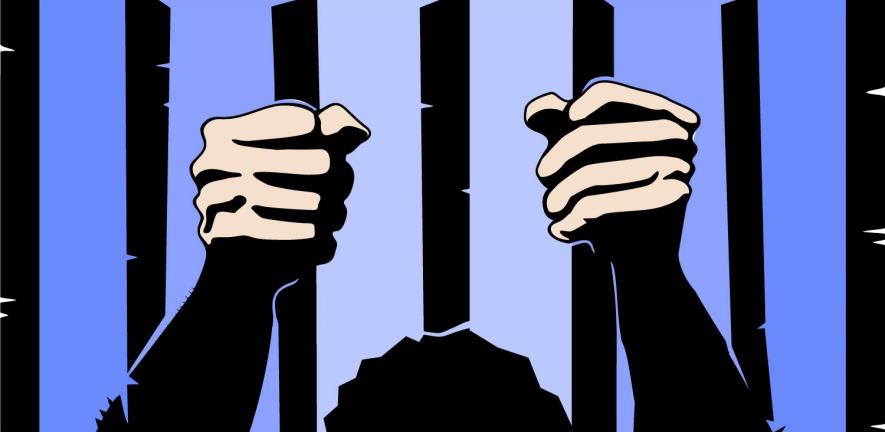Freedom of Expression? Creative Freedom? Art and the Law

The intersection of art and law has been a topic of discussion for many years. While some art forms may be considered illegal in certain countries, there are often gray areas where it is not clear whether a particular piece of art violates the law. In recent years, there have been several high-profile cases where artists have faced legal action for their work, raising questions about the implications that a conviction could have on other artists.
One example of such a possibility would be the conviction of an artist who lasers, alters, or otherwise modifies or uses a coin in their art, for defacing currency. In some countries, like Canada, this act is technically considered illegal and can result in fines or even imprisonment. If an artist is convicted of this crime, it could have serious implications for other artists who make jewelry with currency, even if their work is not defacing the currency.
For example, that conviction could lead to increased scrutiny and regulation of this type of art, making it more difficult for other artists to create and sell their work. It could also lead to a chilling effect, where artists may be afraid to create certain types of art for fear of legal repercussions.
Furthermore, a conviction could have larger implications beyond just the art world. It could also impact the wider cultural landscape, by limiting the freedom of expression and creativity. It could also lead to a wider debate about the role of art in society, and whether or not certain forms of art should be considered illegal.
However, it is important to note that not all countries have the same laws regarding art and currency. Some countries, such as the United States, allow artists to create and sell jewelry made from currency as long as it does not deface the currency in a way that makes it unusable, or used fraudulently.
The implications of a conviction on an artist who makes jewelry or hobo coins for defacing currency could have serious consequences for other artists who practice similar art forms. It could lead to increased regulation and scrutiny of this type of art, and limit the freedom of expression and creativity. It is important for lawmakers to carefully consider the impact of such convictions on the wider cultural landscape and to balance the need for public safety with the need to protect artistic expression.




